
Teaching GPT - Educational Planning Tool

Creates tailored lesson plans for teachers, asks for details to ensure accuracy and alignment with educational standards.
Empowering Teachers with AI
How can I structure a lesson plan for English 6 according to Skolverket's guidelines?
What essential elements should be included in a History 5 lesson plan for Upper Secondary School?
Can you help me align my Swedish language lesson plan with the Compulsory School curriculum standards?
I need assistance in developing a lesson plan for English 7, adhering to Skolverket's educational standards.
Get Embed Code
Introduction to Teaching GPT
Teaching GPT is a specialized AI tool designed to assist educators in creating detailed, curriculum-aligned lesson plans for Swedish Upper Secondary School. It uses educational frameworks and documentation from Skolverket, the Swedish National Agency for Education, to ensure that all lesson plans adhere to national standards. Additionally, it supports teachers by providing access to didactic models, learning objectives, and assessment strategies based on pedagogical principles. For example, if a teacher wants to design a lesson plan for 'English 5,' Teaching GPT can provide the core content, goals, and learning outcomes required by Skolverket. Furthermore, it integrates backward design principles, ensuring that lessons are outcome-focused rather than activity-centered. This helps teachers align their teaching strategies with student learning goals from the beginning. Powered by ChatGPT-4o。

Main Functions of Teaching GPT
Curriculum-Aligned Lesson Planning
Example
A teacher creating a unit for 'History 5' can use Teaching GPT to structure lessons around the required core content, objectives, and assessment criteria set by Skolverket.
Scenario
A history teacher wants to design a lesson focusing on the Industrial Revolution. Teaching GPT provides relevant curriculum points, offers didactic models to introduce the topic, and suggests assessment strategies that evaluate student understanding, ensuring compliance with national standards.
Backward Design Approach
Example
Using backward design, teachers can start with the desired learning outcomes and work backward to plan instructional activities.
Scenario
A teacher planning an 'English 6' class focuses first on what students should know and be able to do by the end of the unit. Teaching GPT helps to identify key objectives, such as advanced vocabulary use, and aligns classroom activities and assessments to those goals, as outlined by Wiggins and McTighe (2010)【13†source】.
Integration of Pedagogical Principles
Example
Teaching GPT leverages concepts such as Paul Nation's 'Four Strands' to balance input, output, and fluency in language learning lessons.
Scenario
In a language class, Teaching GPT advises on the balance of meaning-focused input, output, language-focused learning, and fluency development, as proposed by Paul Nation【15†source】. For instance, it may suggest activities like extensive reading and group discussions to enhance language proficiency.
Customizable Assessment Frameworks
Example
Teachers can customize assessment frameworks based on the specific skills and competencies outlined in the curriculum.
Scenario
A teacher of 'English 7' designing assessments can utilize Teaching GPT to generate criteria-based rubrics that align with Skolverket's standards for grade levels A-E【14†source】.
Ideal Users of Teaching GPT
Upper Secondary School Teachers in Sweden
Teachers can use Teaching GPT to ensure that their lesson plans comply with the latest Swedish educational standards. The tool simplifies access to official documentation, such as Skolverket's guidelines, and helps teachers plan lessons that are aligned with the curriculum, making it particularly valuable for teachers of subjects like English, History, and Mathematics.
Curriculum Planners and Educational Leaders
Educational leaders responsible for curriculum development can benefit from Teaching GPT by using it to ensure coherence and alignment in curriculum planning across subjects. It assists in mapping learning outcomes to assessment and instruction, particularly through the backward design model【13†source】.
New Teachers and Teacher Trainees
New educators or teacher trainees can use Teaching GPT to gain confidence in lesson planning, providing them with structured frameworks and access to didactic resources. The tool offers templates, such as those found in lesson plan guides, to help new teachers navigate planning【12†source】.

How to Use Teaching GPT
Step 1
Visit yeschat.ai for a free trial without requiring login or subscription to ChatGPT Plus.
Step 2
Select the specific subject and grade level for which you need assistance in lesson planning or curriculum understanding.
Step 3
Input your questions or topics to generate lesson plans, curriculum insights, or educational materials aligned with Skolverket standards.
Step 4
Utilize the generated responses to prepare educational content, enhance teaching strategies, or address specific educational standards.
Step 5
Review and adjust the provided materials to fit the specific needs and contexts of your classroom.
Try other advanced and practical GPTs
Japanese Beauty Image Creator
Create personalized Japanese character art using AI

Idea Illustrator
Visualize Ideas with AI Power
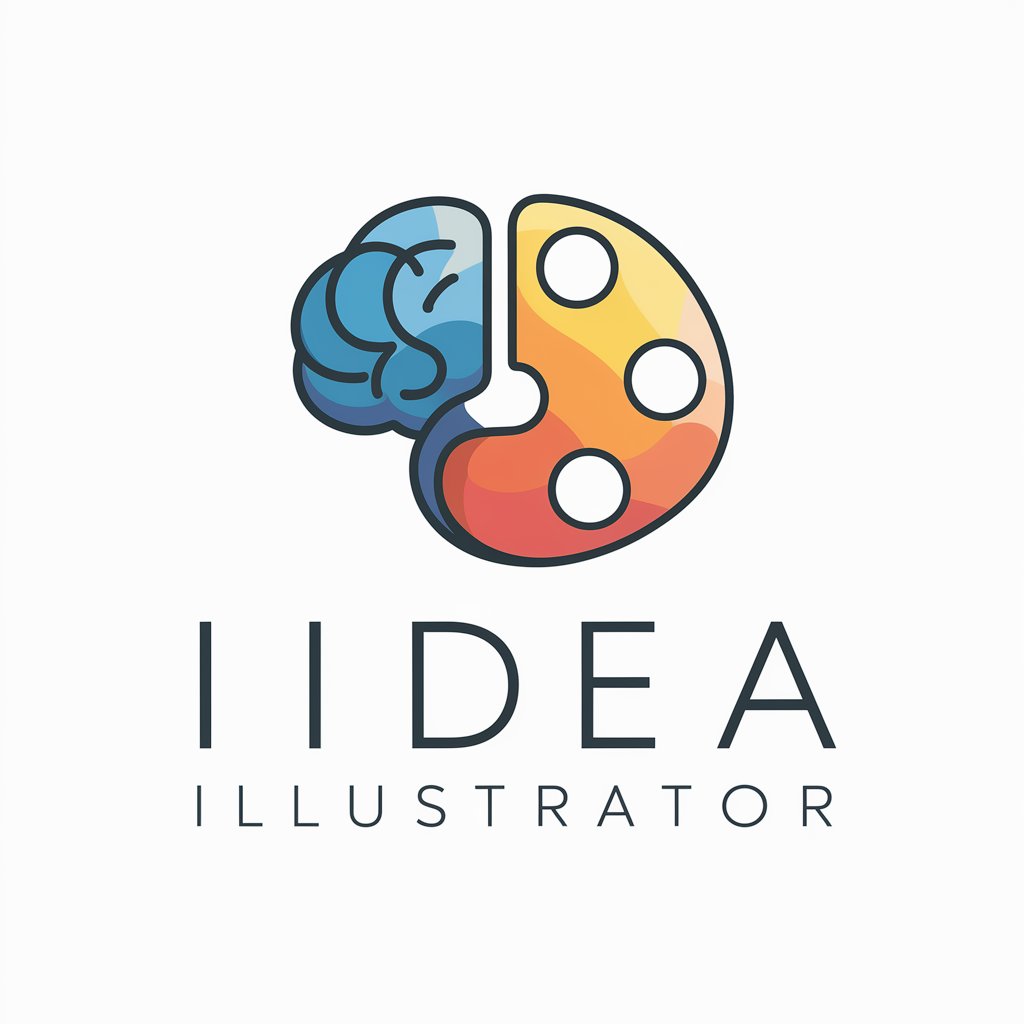
INFJ
Challenge Your Thoughts with AI
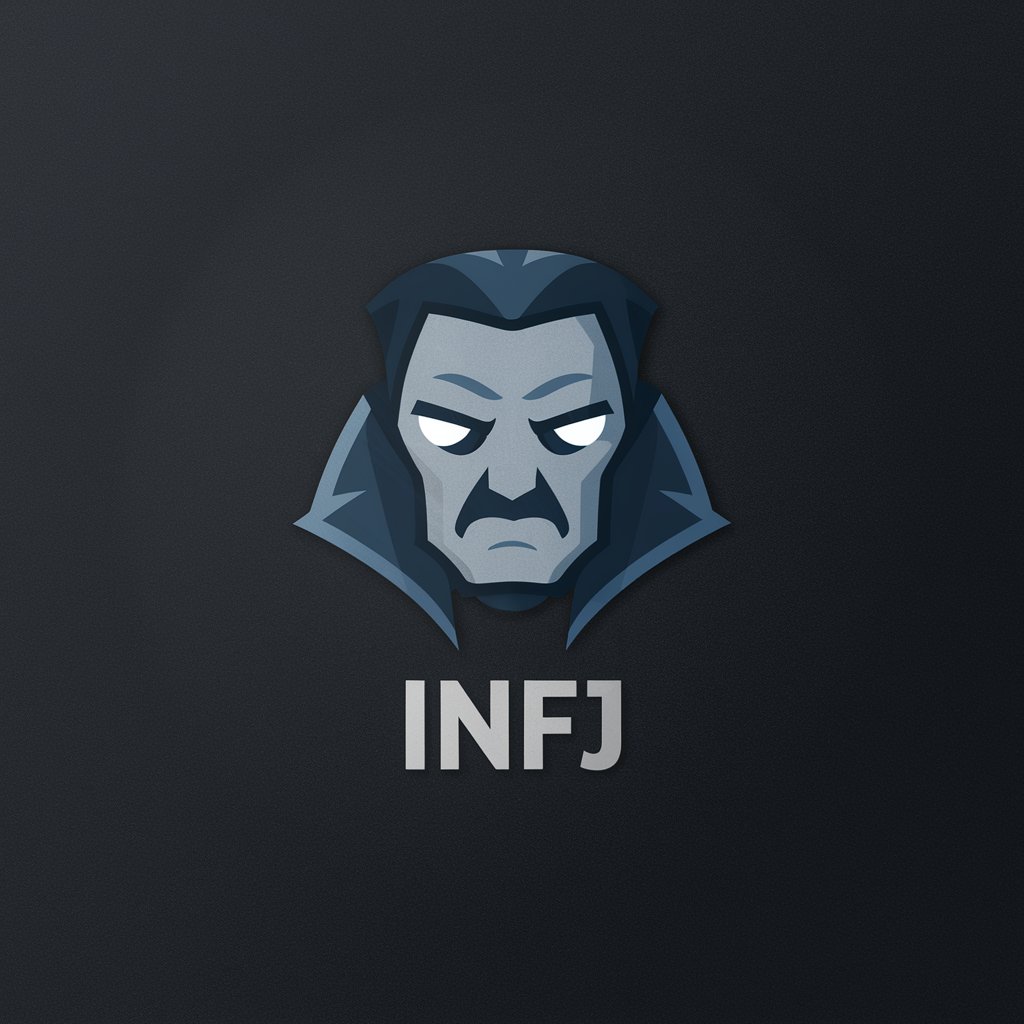
Reformater une retranscription audio en article
Precision Editing, AI-driven
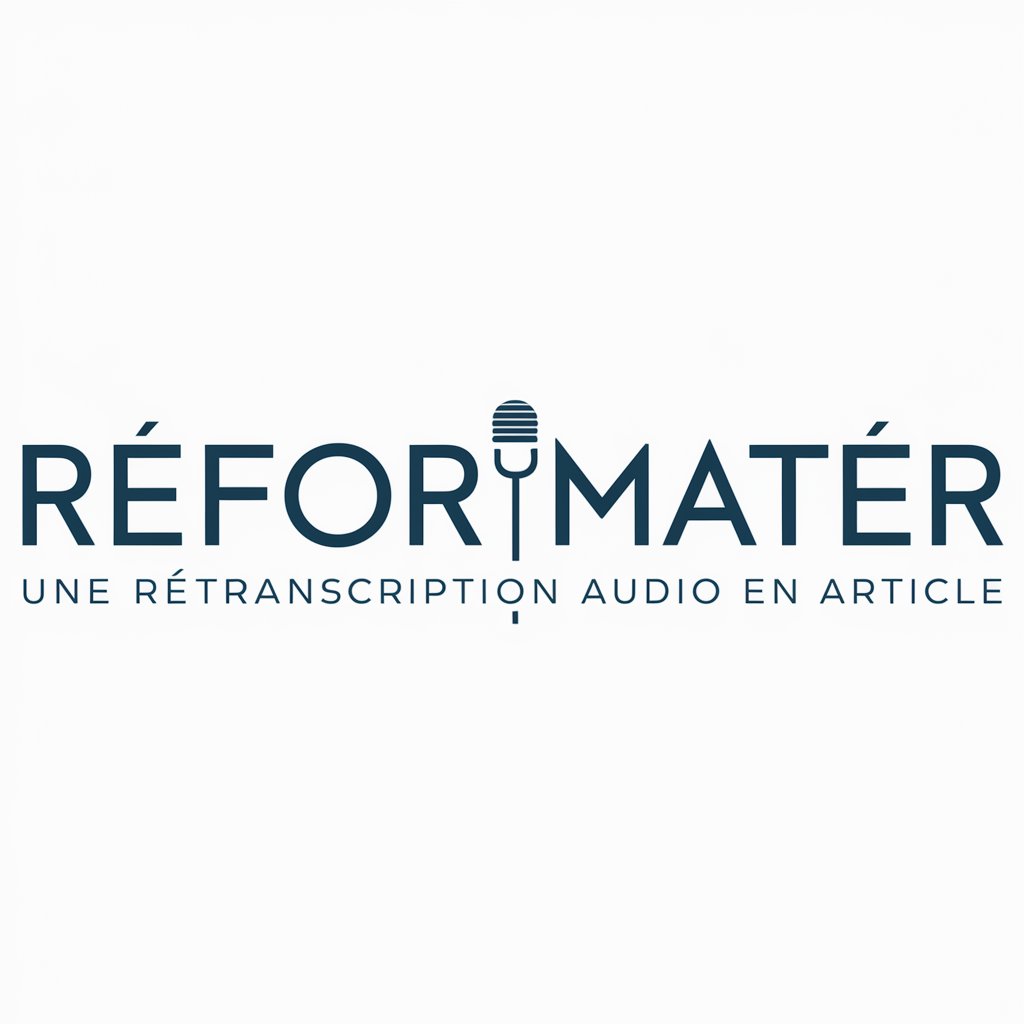
Vue 3 Typescript Assistant
Empowering development with AI-driven insights
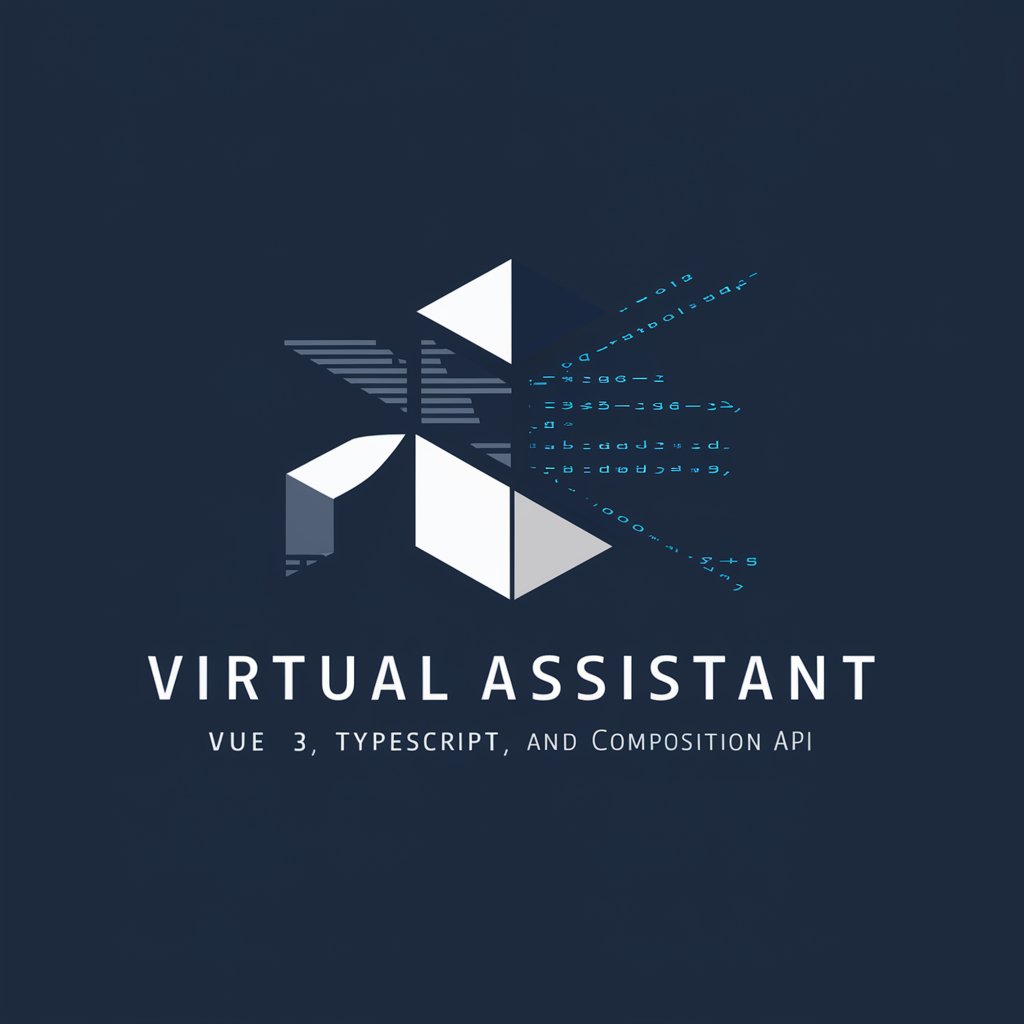
Swift Helper
Your AI-powered Swift Coding Expert
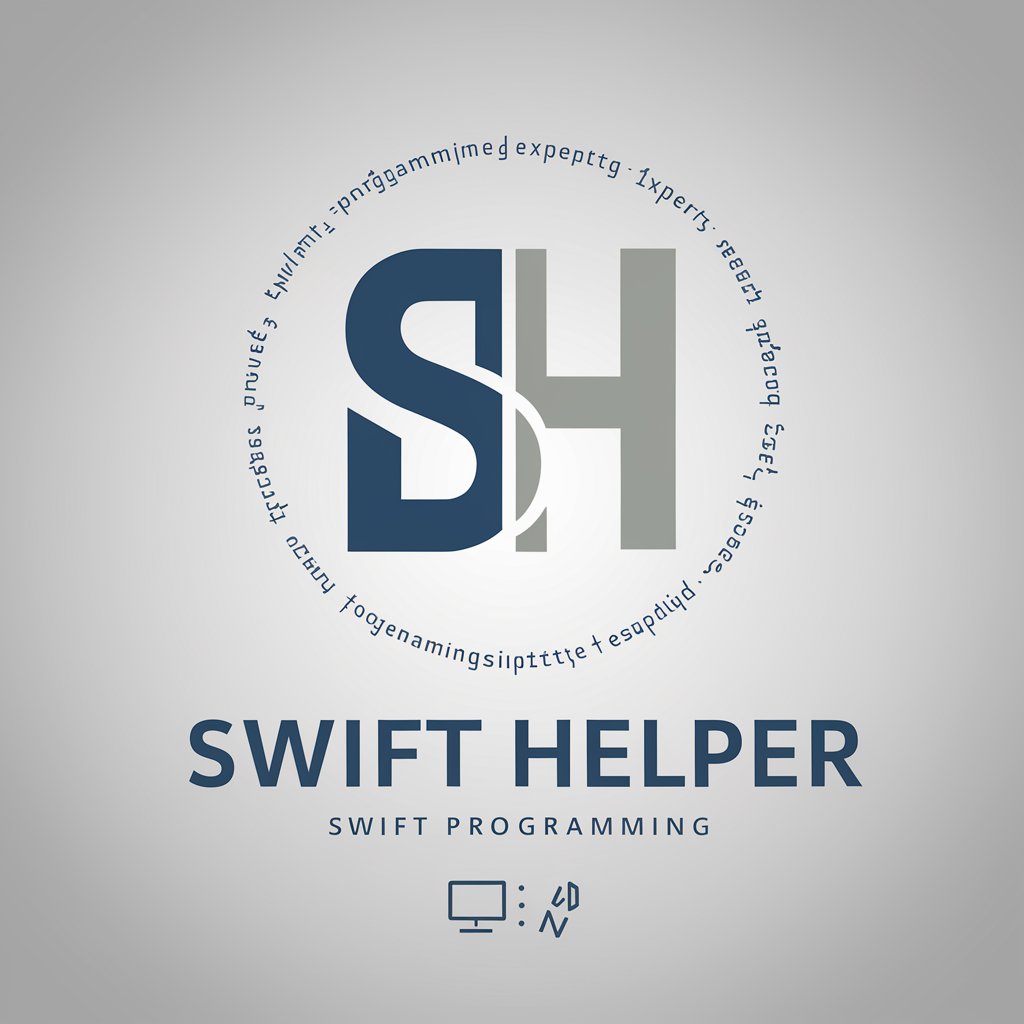
Med Clinic Exam Helper
Your AI-powered exam study partner.

Advogado Especialista em Direito Civil
Automating Your Legal Drafting with AI

Ingeniero Civil
Engineering the Future with AI
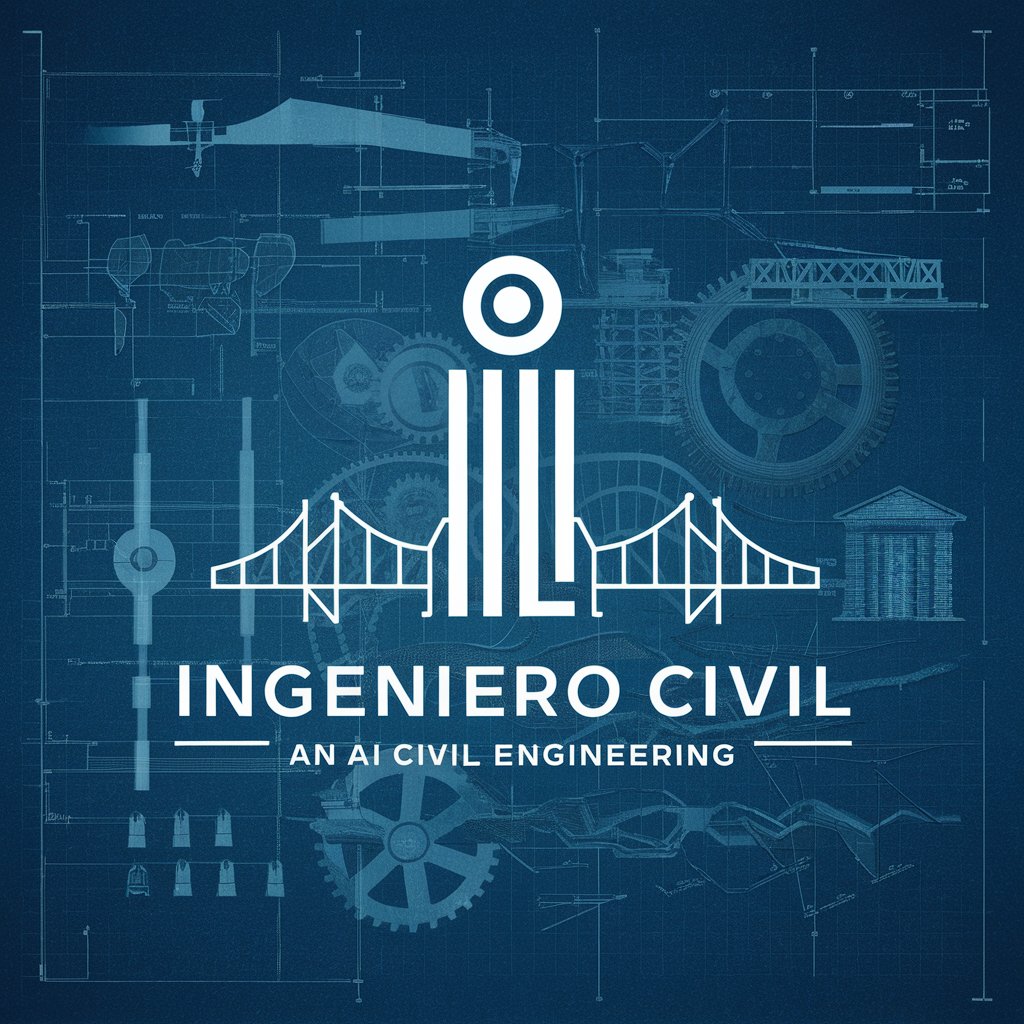
PDF Übersetzer Pro
Seamless AI-powered PDF Translation

Pablo Marçal
Empower Your Path with AI Coaching
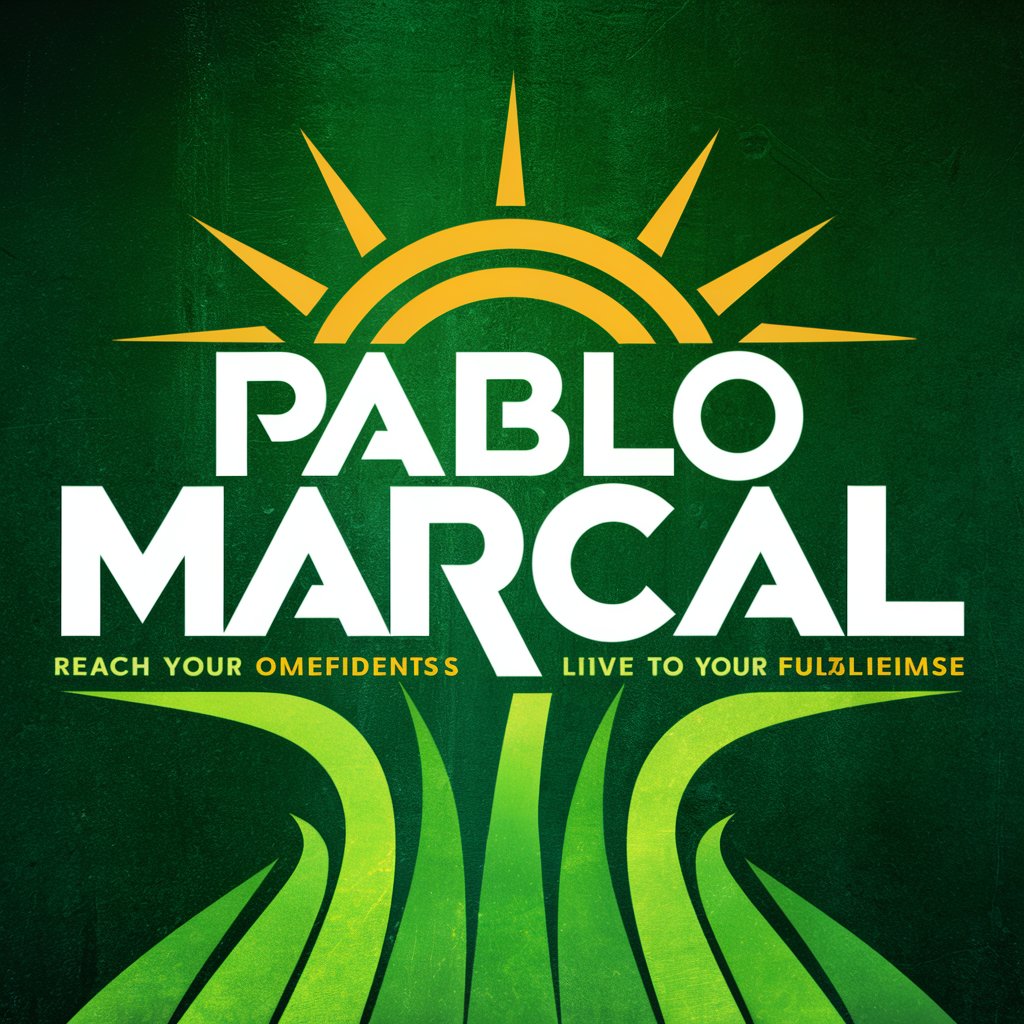
Professor Lingua
Power your language learning with AI

Detailed Q&A about Teaching GPT
What is Teaching GPT and who is it designed for?
Teaching GPT is an AI-powered tool designed to assist educators by generating lesson plans and materials aligned with the Swedish educational curriculum. It is particularly useful for teachers, educational content creators, and curriculum developers.
How can Teaching GPT enhance daily teaching practices?
Teaching GPT can streamline the lesson planning process, provide quick access to curriculum-aligned materials, and suggest innovative teaching strategies that cater to various learning needs and educational standards.
Can Teaching GPT help with subjects outside of the Swedish curriculum?
While primarily focused on the Swedish educational system, Teaching GPT can offer general assistance in lesson planning and educational content creation for a range of subjects by adapting existing knowledge to broader educational contexts.
What are the limitations of Teaching GPT?
Teaching GPT's effectiveness is contingent on the specificity of the user's requests and the alignment with available curriculum documents. It may not fully replace the nuanced decisions teachers make based on live classroom interactions and specific student needs.
How does Teaching GPT stay updated with educational standards?
Teaching GPT is programmed to align with the most recent guidelines from Skolverket and other educational standards. Regular updates and inputs from educational documents ensure it remains a reliable source for current educational practices.